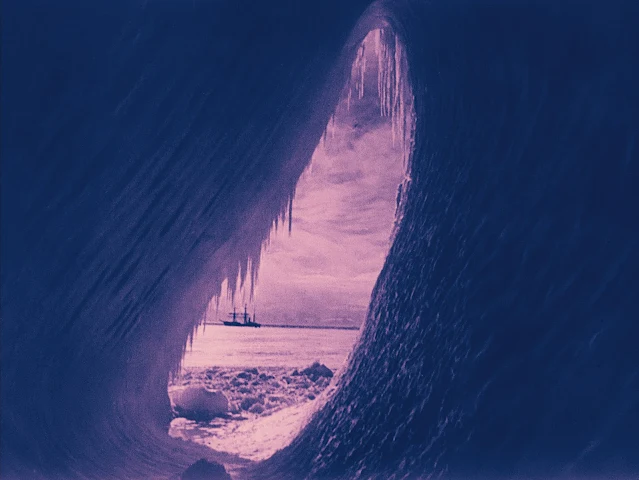 |
| Valéry Inkijinoff in Storm Over Asia |
Cast: Valéry Inkijinoff, I. Didintseff, Aleksandr Chistyakov, Victor Tsoppi, Fyodor Ivanov, V. Pro, Boris Barnet, Karl Gurniak, I. Inkizhinov, V. Belinskaya, Anel Sudakevich. Screenplay: Osip Brik, Ivan Novokshenov. Cinematography: Anatoli Golovnya. Art direction: M. Aronson, Sergei Kozlovsky.
The great silent Russian propaganda films depended heavily on two things the nascent Soviet Union had in abundance: faces and landscapes. This reliance on closeups and sweeping views of fields and plains sometimes resulted in a loss of narrative coherence, but put the emphasis on the people and resources that the Bolsheviks needed to exercise control over. Storm Over Asia is no exception, beginning with the windswept land and Asiatic faces of the Mongol peoples of eastern Russia, which at the time depicted in the film was still a vast battleground for the Bolsheviks and European forces. After establishing the location, the film focuses on Bair (Valéry Inkijinoff), a young hunter whose father sends him off to the bazaar to sell a silver fox pelt. In the vividly filmed bazaar, Bair is cheated by an unscrupulous European fur trader (Viktor Tsoppi), who might as well be wearing a label: bourgeois capitalist. Beaten by the henchmen for the trader, Bair escapes and joins a group of Soviet partisans fighting the occupiers. The occupation forces seem to be British, who were never a significant presence in this part of the Soviet Union, but the film is vague about such details. They manage to capture Bair, who is sent out with a soldier to be shot, but when they examine Bair's belongings they discover an ancient document indicating that he's a direct descendant of Genghis Khan. (The original title of the film, in Russian, was The Heir to Genghis Khan.) They find the wounded Bair, restore him to health, and set him up as the puppet ruler of a Mongolian state. In the end, Bair turns against the imperialists and the film concludes with a literal storm sweeping them away. It's a film full of great set-pieces, including a montage mockng the imperialists and their wives as they put on their finery and then are driven on a muddy road to meet the new Grand Lama. After an elaborate ceremony (actually filmed at a Tibetan Buddhist celebration) the lama turns out to be a small boy, not at all impressed with his visitors.








